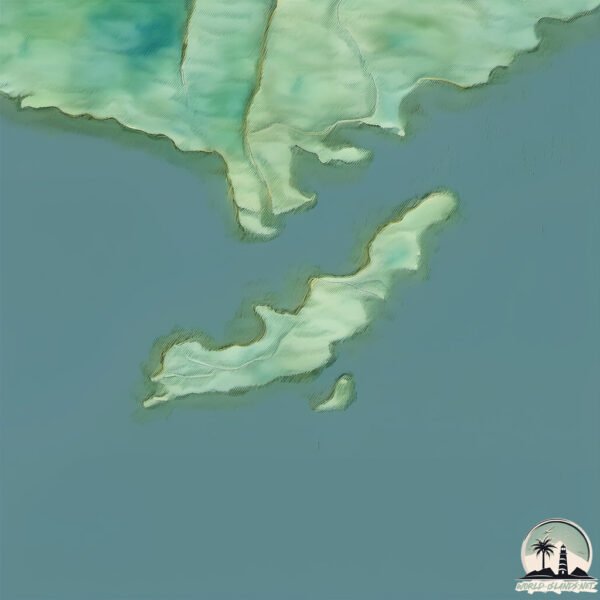Welcome to Manilaid , a Continental island in the Gulf of Riga, part of the majestic Atlantic Ocean. This guide offers a comprehensive overview of what makes Manilaid unique – from its geography and climate to its population, infrastructure, and beyond. Dive into the details:
Geography and size of Manilaid
Size: 2.436 km²Coastline: 10.6 kmOcean: Atlantic OceanSea: Gulf of RigaContinent: Europe
Manilaid is a Small Island spanning 2.4 km² with a coastline of 10.6 km.
Archipel: –
Tectonic Plate: Eurasia – One of the world’s largest tectonic plates, the Eurasian Plate covers a significant portion of Europe and Asia. It’s characterized by diverse geological features, including the Ural Mountains, the European Plain, and the Himalayas formed from its collision with the Indian Plate.
The geographic heart of the island is pinpointed at these coordinates:
Climate and weather of Manilaid
Climate Zone: ContinentalClimate Details: Warm-Summer Humid Continental ClimateTemperature: Warm Summer
Climate Characteristics: Features warm summers and cold winters with consistent precipitation, common in higher latitudes.
Topography and nature of Manilaid
Timezone: UTC+02:00Timezone places: Europe/HelsinkiMax. Elevation: 2 m Mean Elevation: 1 mVegetation: Agricultural MosaicTree Coverage: 64%
The mean elevation is 1 m. The highest elevation on the island reaches approximately 2 meters above sea level. The island is characterized by Plains: Flat, low-lying lands characterized by a maximum elevation of up to 200 meters. On islands, plains are typically coastal lowlands or central flat areas.
Dominating Vegetation: Agricultural Mosaic
Vegetation: 4 vegetation zones – Diverse Island
Infrastructure and Travelling to Manilaid
Does the island have a public airport? no .
Does the island have a major port? no .
The mean population of Manilaid is 11 per km². Manilaid is Gently Populated. The island belongs to Estonia .
Continuing your journey, Kihnu is the next notable island, situated merely km away.
Winter communication with Manilaid Island. Estonia
While the ice is not strong enough in winter to open the ice road for cars, the only link is this small hovercraft VLV 210.
Winter communication with Manilaid Island. Estonia
While the ice is not strong enough in winter to open the ice road for ...
While the ice is not strong enough in winter to open the ice road for cars, the only link is this small hovercraft VLV 210.
Manija island winter nature landscape 60FPS 1080P
Small Estonian Manilaid island scenes that is really beautiful with ...
Small Estonian Manilaid island scenes that is really beautiful with this sunny winter day. Lighthouse featured 11.02.2017.
Estonia is classified as Developed region: nonG7: Developed economies outside of the Group of Seven, characterized by high income and advanced economic structures. The level of income is High income: OECD.
News – Latest Updates and Headlines from Manilaid
Stay informed with the most recent news and important headlines from Manilaid. Here’s a roundup of the latest developments.
Loading...
Please note: The data used here has been primarily extracted from satellite readings. Deviations from exact values may occur, particularly regarding the height of elevations and population density. Land area and coastline measurements refer to average values at mean high tide.

